An adaptive bicycle generally is a bicycle or tricycle that is specially redesigned or adapted to meet the riding needs of a specific rider.
Adaptive tricycles can are not only for people suffering from physical mobility limitations like injuries or disabilities: people with physical, neurological, or developmental conditions that make it impossible or challenging for them to ride traditional bikes also ride adaptive bicycles. There are also adaptive bicycles for special needs children and adults of all ages.
If you or a loved one is considering an adaptive bike, this guide will help you explore your options today and take the first step toward a more active, independent, and fulfilling lifestyle.
Let's discuss adaptive bikes, understand their benefits, and learn how to choose the right one.

What is an Adaptive Bikes?
Adaptive bikes are specially designed for riders with disabilities or mobility limitations. The major difference between adaptive bike and a standard bikes is that adaptive bikes feature custom modifications that provide additional support, stability, and control to for riders with disabilities.
The most common types of adaptive bikes are:
- Tricycles (three-wheeled bikes for extra balance)
- Handcycles (pedaled by hand, ideal for those with lower-body impairments)
- Tandem bikes (allowing a caregiver or companion to assist with pedaling and steering)
- Recumbent bikes (offering a reclined seating position for comfort and stability)
- Electric-assist adaptive bikes (providing motorized support for those with limited strength or endurance)
- Adaptive bikes play a huge role in empowering individuals with disabilities and also allow them to enjoy the freedom of cycling while improving their physical and mental well-being.

Who Can Benefit from Adaptive Bikes?
It is a common misconception that adaptive tricycles can only be used by people suffering from physical disabilities. In truth, an adaptive bicycle is an excellent solution for anybody of any age who experiences mobility challenges due to conditions such as:
- Cerebral palsy
- Down syndrome
- Autism spectrum disorder
- Muscular dystrophy
- Spinal cord injuries
- Stroke recovery
- Multiple sclerosis
- Amputations or limb differences
For individuals with these conditions, cycling may seem out of reach, but adaptive bikes for special needs and adaptive bikes for adults make it possible for everyone to ride with confidence.
Advantages of Adaptive Bicycles
To an individual with mobility issues, the benefits of an adaptive bike are physical as well as mental. The adaptive bicycle not only strengthens their muscles and improves their physical health but also boosts their confidence and helps them integrate with society in general.
Here are the main advantages of an adaptive bicycle.
1. Adaptive Bicycles Improve Physical Health
Riding an adaptive bike plays a crucial role in improving the physical health of a rider with mobility issues. It helps them;
- Strengthen their muscles
- Improve their cardiovascular health
- Enhance overall bodily coordination.
Adaptive tricycles for adults and children provide a low-impact way to build strength without putting too much strain on the joints.
2. Adaptive Tricycles Help Boost Confidence
To riders with special needs and/or mobility issues, cycling fosters a sense of freedom. Many of them experience newfound confidence when they realize they can ride an adaptive tricycle independently or with minimal assistance.
3. An Adaptive Bicycles Help Facilitate Social Interaction
Adaptive bikes also help individuals with special needs overcome isolation and loneliness. Thanks to adaptive bikes, they can visit friends and family or join their peers and other groups on rides, reducing feelings of isolation and promoting inclusivity.
4. Adaptive Bicycles Support Therapy and Rehabilitation
For those recovering from injuries or surgeries, adaptive bikes for adults provide an excellent way to regain mobility and strength in a controlled manner.

Choosing the Right Adaptive Bike
Adaptive tricycles are typically recommended by a variety of professionals, depending on the rider’s needs and situation. Any of the following professionals should be able to help you decide which adaptive bicycle best meets your needs.
- A physical therapist
- An occupational therapist
- A medical professional (physiatrist, or specialists in musculoskeletal or neurological conditions.)
- A rehabilitation center or specialized clinic
How to Choose an Adaptive Bicycle (By Yourself)
There are several kinds of adaptive bikes, and to select the right one, you must take into consideration the rider’s specific needs, abilities, and personal preferences. Here are key factors to consider:
1. Stability and Safety
For an individual with balance issues, an adaptive tricycle is ideal. The three-wheel design and solid frame provide extra support and prevent tipping.
2. Type of Propulsion
When choosing an adaptive tricycle for an individual with injuries or disability, the type of propulsion is a major factor to consider.
- Pedal-powered adaptive bicycles are ideal for those who can pedal with their legs.
- Hand-powered adaptive tricycles are ideal for riders with lower-body limitations.
- Electric assist is a must-have feature for most adaptive tricycles. It provides motorized support for those who need extra help with pedaling.
3. Comfort Features
Look for adjustable features like seats, backrests, foot straps, and handlebar modifications that are cushioned to suit the rider’s physical needs and enhance their comfort.
4. Growth and Adaptability
For a child with special needs or disability, consider adaptive bicycles that adjust in size to accommodate growth over time.
5. Ease of Use for Caregivers
For riders with more serious mobility issues who need to be pushed around, consider an adaptive bike with caregiver steering or braking systems, allowing an adult to assist when needed.

Adaptive Tricycles: A Better Choice for Many Riders with Disabilities
Adaptive tricycles offer additional advantages, which makes them a popular choice for both kids and adults with special needs. Here are some additional features they offer:
Better Balance and Stability
The three-wheel design makes an adaptive tricycle wider, heavier, and more stable, which prevents tipping and makes it safer for riders with balance challenges.
Comfortable and Secure
Many models include supportive seating, harnesses, and foot straps to keep the rider secure.
Great for Rehabilitation
Adaptive tricycles for adults are often used in physical therapy for individuals recovering from injuries.
Parental or Caregiver Assistance
Some tricycles feature push handles or steering options for caregivers to assist in riding.
For those who require additional stability and safety while cycling, an adaptive tricycle is often the best option.

How Adaptive Bikes Are Transforming Lives
Across the world, adaptive bikes have changed lives by providing mobility, independence, and confidence to individuals who once thought cycling was impossible.
Children with autism have gained focus and sensory regulation through riding.
Adults with mobility impairments have regained their ability to exercise and explore the outdoors.
Elderly riders with balance issues have found a new way to stay active and connected with their families.
Final Thoughts-Be Hopeful
Whether you are searching for adaptive bikes for special needs, adaptive bikes for adults, or adaptive tricycles, there are countless options to help every individual experience the joy of cycling.
No matter your ability level, there is an adaptive bike designed to meet your needs and help you ride with confidence.
For those looking for the ultimate stability, adaptive tricycles for adults offer an excellent solution, combining safety, comfort, and ease of use.
More From Viribus
A good tricycle models provide riders with an alternative to cars which embodies comfort, ease and space to carry their goods. And one cannot speak of good tricycle models without mentioning Viribus.
Check out the Viribus collection of electric bikes and tricycles.

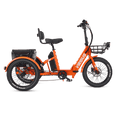

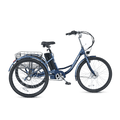
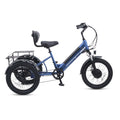
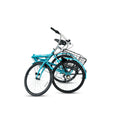
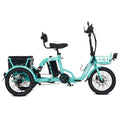

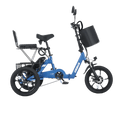




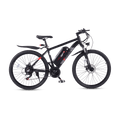

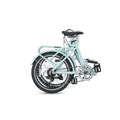
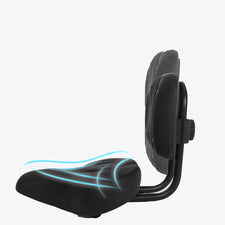





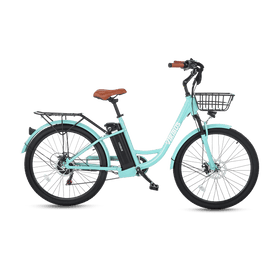
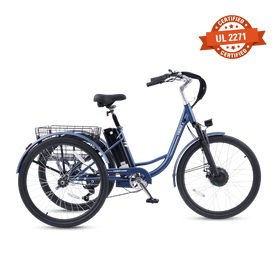
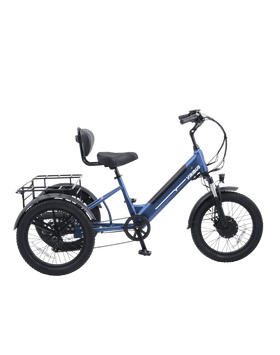



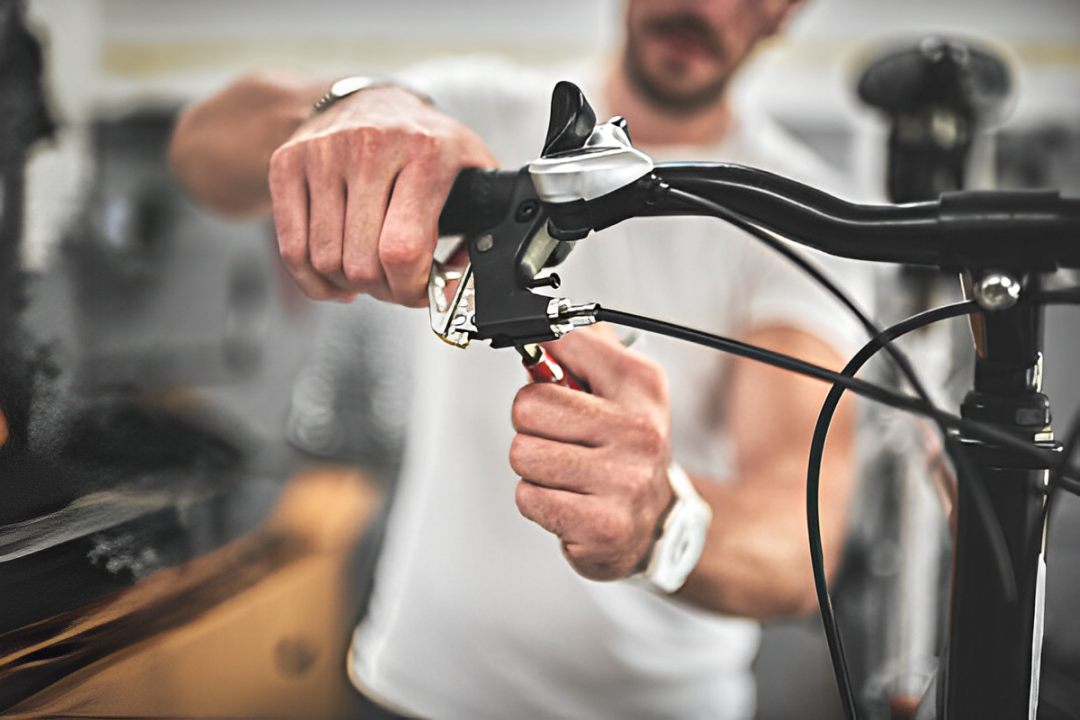

Leave a comment
All comments are moderated before being published.
This site is protected by hCaptcha and the hCaptcha Privacy Policy and Terms of Service apply.